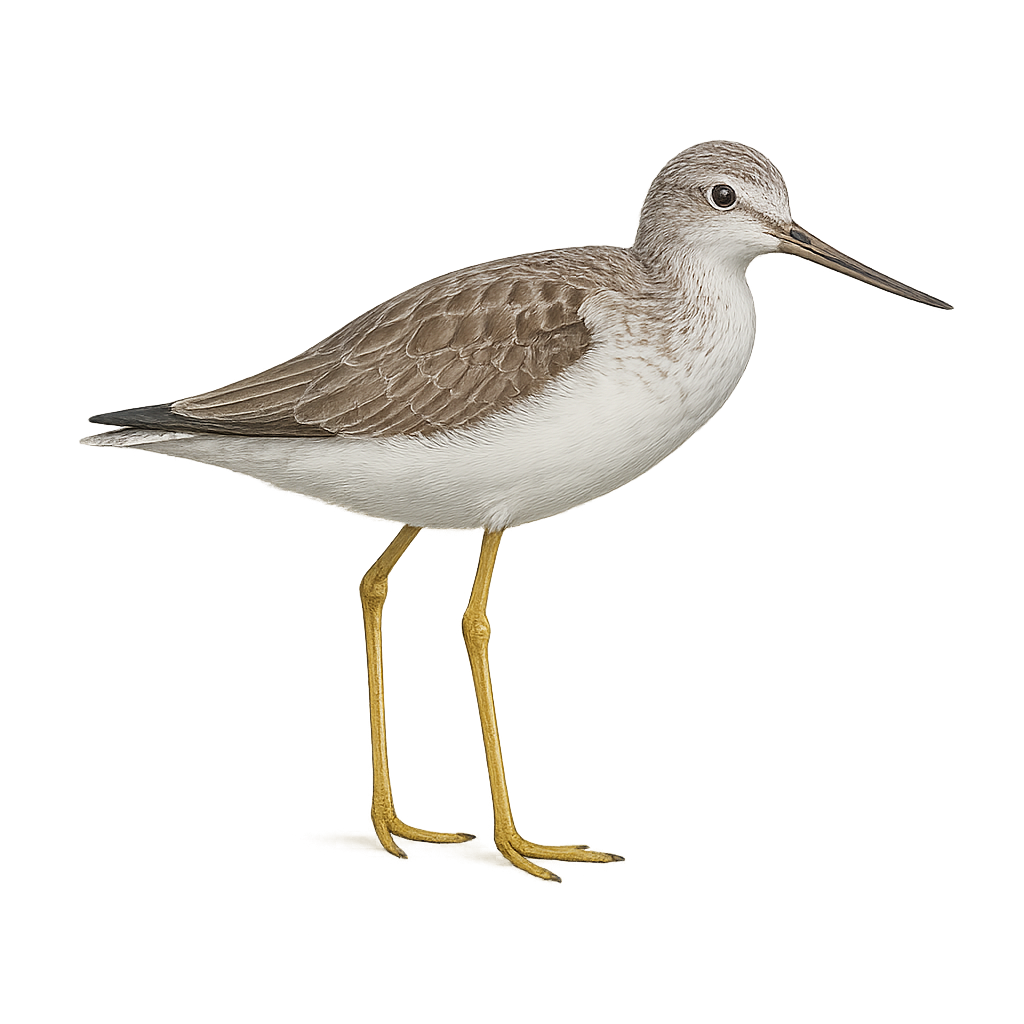Observe and photograph a species in its natural habitat
Learn where and when to observe a species in the wild, how to recognize it in the field, and what habitats it lives in. Get photography tips adapted to its behavior and capture stunning images without disturbing the animal. For full details, open the complete profile in the WildlifePhotographer app.
Whimbrel
Scientific name: Tringa nebularia

IUCN Status: Least Concern
Family: SCOLOPACIDAE
Group: Birds
Shyness: Suspicious
Safe distance: 30 m
Breeding season / Courtship: 01.04-30.04
Gestation: 23 à 25 jours
Births: 24.05-25.06
Habitat:
Wetlands and marshes
Description:
The Greenshank is a large species of wader, distinguished by its long bill and slender legs. It has a gray-brown plumage marked with lighter spots and a slightly speckled head, which helps it blend into the muddy and marshy environments of wetlands and shorelines. This wader is especially known for its characteristic calls, a loud barking cry, which is how it gets its name. It primarily inhabits wetlands, estuaries, and shorelines where it feeds on small invertebrates, worms, and crustaceans found by probing in the mud.
The Greenshank is a migratory bird that travels long distances between its breeding grounds in Europe and its wintering sites in Africa and Asia. Although its population remains relatively stable, it faces threats from the loss of wetland habitats and pollution. The species is protected in some areas where it is found.
Recommended lens:
>=300 mm
Photography tips:
Approach slowly and discreetly, using a telephoto lens to capture images from a distance, as the barking sandpiper is a shy bird that prefers to avoid humans. A quick approach can easily disturb its feeding behavior.
Photograph early in the morning or late in the afternoon, when the light is soft and the barking sandpiper is more active, often feeding in mudflats, marshes, or estuaries.
Capture moments of natural behavior: The barking sandpiper primarily feeds on insects, small crustaceans, and worms, which it searches for by running or walking quickly in shallow waters. Wait for moments when it is actively foraging.
Be patient and respectful: This wader can be quite furtive and moves slowly in search of prey. It is important to maintain a respectable distance so as not to disturb its natural activities.
The barking sandpiper is classified as of Least Concern by the IUCN, but it is still threatened by habitat loss, particularly the destruction of wetlands and estuaries. It is essential to respect its natural environment and minimize human disturbances in the areas it frequents, especially during migration or breeding periods.
Ready to take action?
Choose your platform and start your free trial today



